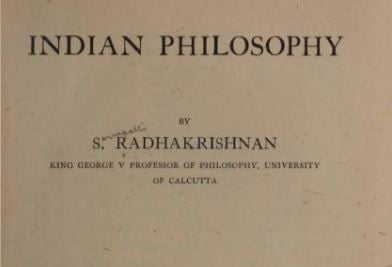The wings of Indian philosophy refer to the six major schools of thought
These schools of thought have emerged in the Indian subcontinent over the centuries:
- Samkhya (literally “enumeration”): This school of thought is concerned with the nature of reality and the relationship between the individual and the Absolute. It posits that reality is composed of two fundamental principles: Purusha (consciousness) and Prakriti (matter).
- Yoga (literally “union”): This school of thought is concerned with the practice of yoga as a means of achieving liberation. It teaches that yoga can be used to control the mind and body and to achieve a state of union with the Absolute.
- Nyaya (literally “logic”): This school of thought is concerned with the nature of knowledge and the methods of acquiring knowledge. It teaches that knowledge can be acquired through perception, inference, and testimony.
- Vaisheshika (literally “atomic”): This school of thought is concerned with the nature of matter and the relationship between the individual and the world. It teaches that matter is composed of atoms and that the individual is a composite of these atoms.
- Mimamsa (literally “investigation”): This school of thought is concerned with the interpretation of the Vedas, the sacred texts of Hinduism. It teaches that the Vedas are infallible and that they provide the ultimate authority on all matters of religion and philosophy.
- Vedanta (literally “end of the Vedas”): This school of thought is concerned with the interpretation of the Upanishads, the philosophical texts of Hinduism. It teaches that the goal of life is to achieve moksha (liberation) from the cycle of birth and death.
These six schools of thought aka wings of Indian philosophy represent the major currents of Indian philosophy. They have been debated and discussed for centuries, and they continue to be influential today. They offer a rich and varied array of ideas and insights, and they provide a valuable window into the Indian philosophical tradition.
In his book “Indian Philosophy“, Sarvepalli Radhakrishnan compares these six schools of thought to the wings of a bird. He says that they “enable the human spirit to soar to great heights of thought and experience.” He also says that they “provide a framework for understanding the world and our place in it.”
The wings of Indian philosophy are a valuable resource for anyone who is interested in learning more about the Indian philosophical tradition. “The Wings of Indian Philosophy” offer a rich and varied array of ideas and insights, and they provide a valuable window into the Indian mind.
